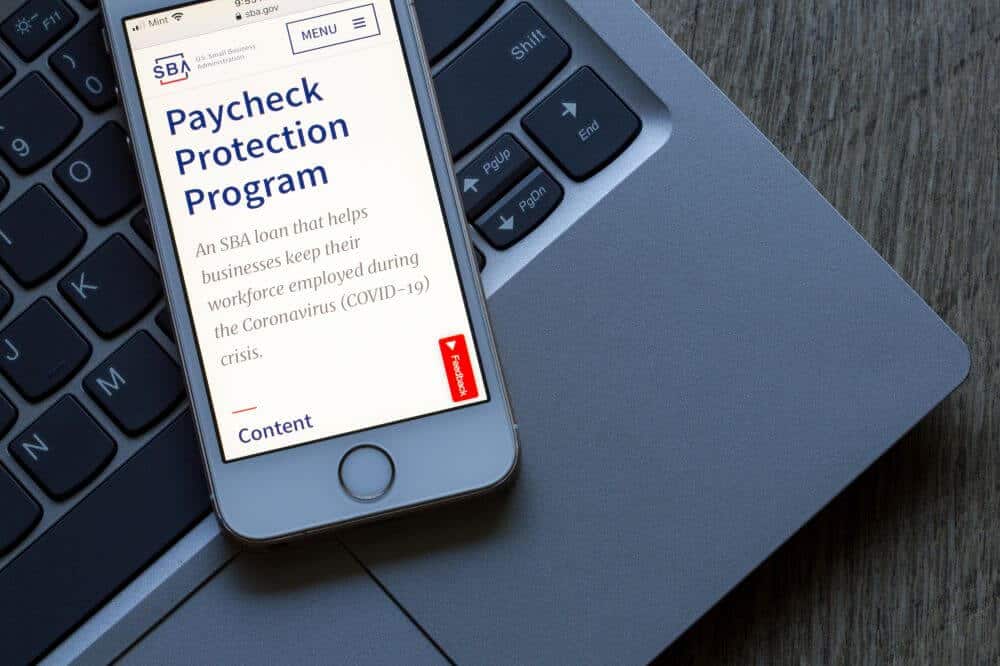
January 9, 2021

The persistence of the COVID-19 pandemic has left many Atlanta businesses in a challenging situation. Restrictive government orders to curb virus transmission have forced many to make significant changes resulting in diminished revenue. Facing this reality has further exacerbated the financial challenges plaguing many business owners. The Consolidated Appropriation Act, 2021, was greeted with a sigh of relief as needed assistance in the form of new tax incentives, new EIDL advances, and an extension of the Paycheck Protection Program (PPP). Not only will the Small Business Administration reopen for first time applicants, but second draw loans are also available. Last week the SBA issued a new Interim Final Rule (IFR) which outlines important and new program details. To help clients, prospects, and others, Wilson Lewis has provided a summary of the key details below.
Many changes have been made to the eligibility rules to ensure those with the greatest need have access to additional funds. In order to qualify a business must have 300 or fewer employees, experienced a revenue reduction in 2020, has used or will use the full amount of the first loan before the second loan disbursement. In addition, a borrower must have spent the first loan on eligible expenses to qualify.
Gross Receipts Test
The CAA also requires a business to have experienced a revenue reduction of 25% or greater in 2020 when compared against 2019. To make the calculation a borrower must compare gross receipts for any quarter in 2020 with the corresponding quarter in 2019. For those not in business in 2019, but were in operation on February 15, 2020, they demonstrate the reduction by comparing the 2nd, 3rd, or 4th quarter against the 1st quarter of 2020. For affiliated entities, gross receipts are determined by adding the receipts of the business concern with affiliates. It is important to note that any forgiven amount from the first loan should not be included in the calculation.
Excluded Entities
An entity that was not eligible to apply for an initial loan is also ineligible for receiving a second draw loan. There are also several other businesses that are not eligible to participate, including:
The terms for second draw loans is generally the same as the first including the guidance provided in the PPP Loans Frequently Asked Questions. The loan guarantee is 100%, no collateral or personal guarantees are required, the interest rate is 1% and the maturity date is five years. It is important to note that lenders are permitted to exclusively rely on the applicant’s certification when determining eligibility.
The maximum loan amount is equal to the lesser of two and a half months of average monthly payroll or $2M. The only exception is for hotels, restaurants, and other businesses with a NAICS code starting with 72, as they are permitted to use three and a half months. When making the calculation the relevant period is either the 12-months prior to a loan application or 2019. Independent contractors and sole proprietors are also permitted to use the precise one-year period if they choose not to use 2019 or 2020 when determining payroll costs.
Applicants need to submit the recently updated PPP Borrower Application Form and the following supplemental documentation which is outlined below by applicant type.
Contact Us
The SBA will begin accepting second draw applications from community lenders on January 11th and then expand to all lenders on January 13th. Since many program rules have changed it is important to consult with a qualified advisor to guide you through the process. If you have questions about the information outlined above or need assistance with an accounting or tax issue, Wilson Lewis can help. For additional information call us at 770-476-1004 or click here to contact us. We look forward to speaking with you soon.